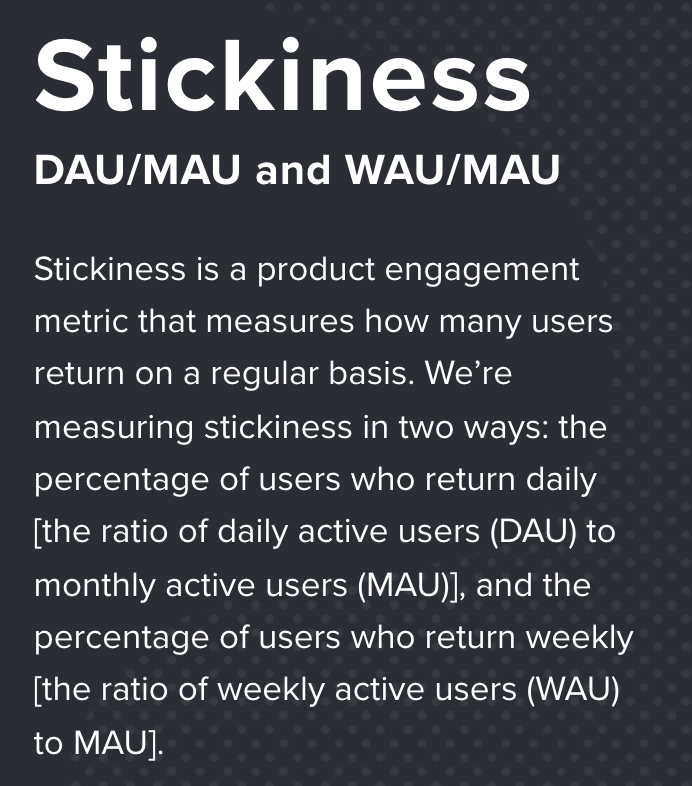
Time and time again, we get asked by CEOs, COOs, and Chief of Staffs how to set goals for the product team during the strategic planning process. Executives ask us for product goals examples because product management is a department that is challenging to quantify. Due to the nature of agile product development, product teams must remain nimble and change priorities based on new customers, changing market and competitive conditions, as well as user feedback.
The gray area involved with being a product leader makes it challenging to come up with the right OKR prioritization for the team. There is often pushback to the product team from the CEO when the product department doesn’t have OKRs that are as black and white as other departments, such as a sales team hitting a revenue number.
Product objectives should not incentivize the wrong business outcomes. Objectives that incentivize waterfall product development or other bad product development practices can lead to long-term challenges, given everything involved in getting a product to market, selling the product, and onboarding new customers. That being said, it is still critical to understand how your product team is performing, and how they are helping to drive growth for your business.
Below are product management OKR examples that can lead your team in the right direction during the strategic planning process. (Something to note - This list is for product management OKRs and does not include product marketing OKRs or engineering OKRs).
Product Objective 1 - Our Customers Love Our Product
At Elate, our product team measures product market fit score. This score comes from a survey developed by the team at Superhuman that involves asking users questions to determine if people enjoy your product and find it valuable, as well as what you can do to improve the product.
The main key result for this objective is % Disappointed, and it stems from the question “How would you feel if you could no longer use the product?” This is a multiple choice question with the responses “Very Disappointed, Somewhat Disappointed, and Not Disappointed.” From this question, your product team can measure the percent of users who answer “Very Disappointed” as a way to track product market fit.
Some teams narrow this key result down to a specific user persona to focus the business on hitting the key result for their most important persona (ex - you probably don’t want to give the same attention to a non-paying, non ideal fit customer as you do for a high revenue, low maintenance persona customer). Best in class products typically have around 40% of users answering “Very Disappointed,” which can be a good benchmark to aim for with your team.

Source: First Round Review
There are three other questions in this survey that can help your team with product development efforts. These questions will help your team listen to users and make a strategic roadmap:
- What type of people do you think would most benefit from this product?
- What is the main benefit you receive from this product?
- How can we improve this product?
Objective 1 Takeaway - This OKR will help your team track if people love using your product.
Product Objective 2 - Our Customers Consistently Use Our Product
Another useful objective your product team can track is overall usage. Tracking usage will help your team identify how customers are using your product, why customers churn, differences of usage by persona, as well as many other things you may not realize until you start digging into the data.
The main key result for this objective is Stickiness Score. Stickiness Score is very dependent on your business and the type of product you sell. A product team at Facebook may have daily usage as a goal of the product team. They will have a very different way of tracking Stickiness Score than a product team at an insurance benefits enrollment software, where users may only log in once a year.
Stickiness Score is calculated using Monthly Active Users (MAU), Weekly Active Users (WAU), and Daily Active Users (DAU). Pendo gives great benchmarks to stickiness score in their Interactive Product Benchmarks guide.

Source: Pendo
Two examples of ways you can calculate stickiness score are:
- DAU / MAU
- WAU / MAU
Common Pitfall to Avoid with This OKR:
Only set this key result according to what is natural to your user’s ideal product usage. You don’t want to annoy users by trying to get them to log in daily if the task they need to complete in the product is a monthly or weekly task. If you send users 5 emails a week for a weekly task, you will annoy them and reduce customer satisfaction. Align Stickiness Score and customer experience so you don’t bother your users just to drive up a key result.
Objective 2 Takeaway - This objective will help your team track if users make your product a part of their routine.
Product Objective 3 - Our Customers Stick Around
Every business wants their customers to use their product for the long-term. An objective around retention can help your product team track and improve this.
The main key result for this objective is product retention. Retention is easily tracked in most product analytics tools, where the tool will give you a percentage over a set time period. This percentage tells you what percent of your users return after a time period of using the product. For example, if you have a 40% retention rate for month 2, that means 40% of your users returned to your product the second month after signing up.

Source: Pendo
Product retention metrics can facilitate conversations with your team around when users are dropping off and why. It can help your product team identify and understand problems that need to be fixed to improve retention. This metric can also serve client success or service teams by allowing them to better understand what points in the customer journey they should be reaching out to maximize usage, value, and ultimately, retention.
Pendo gives great benchmarks for retention in their Interactive Product Benchmarks guide.
Common Pitfall to Avoid with This OKR:
Companies need to understand that retention can decrease for reasons not tied to the product department. There will be scenarios where a company gets acquired, budget shifts, or a key stakeholder leaves the company. These scenarios can lead to customers churning even when the product is valuable. While the product team should continually push to increase retention metrics, placing retention solely on product can lead to the blame game.
Objective 3 Takeaway - This objective will help your team understand when users stop coming back, which spurs conversation around why they leave and what you can do to improve.
Wrapping Up
Setting product management objectives is a very challenging process, but that doesn’t mean it is impossible. Product OKRs will not be as cut and dry as departments like sales, but your team will get value and improve by aiming towards useful goals aligned towards company outcomes.
A few great product team objectives your team can consider:
- Our Customers Love Our Product
- Our Customers Consistently Use Our Product
- Our Customers Stick Around
These SaaS OKRs can align your product team to focus on the right things. Not only do they incentivize aligned cross-functional outcomes, but they also allow the product team to prioritize a strategic product roadmap. These OKRs can help create clear expectations and allow you to have a frictionless product OKR setting process.


